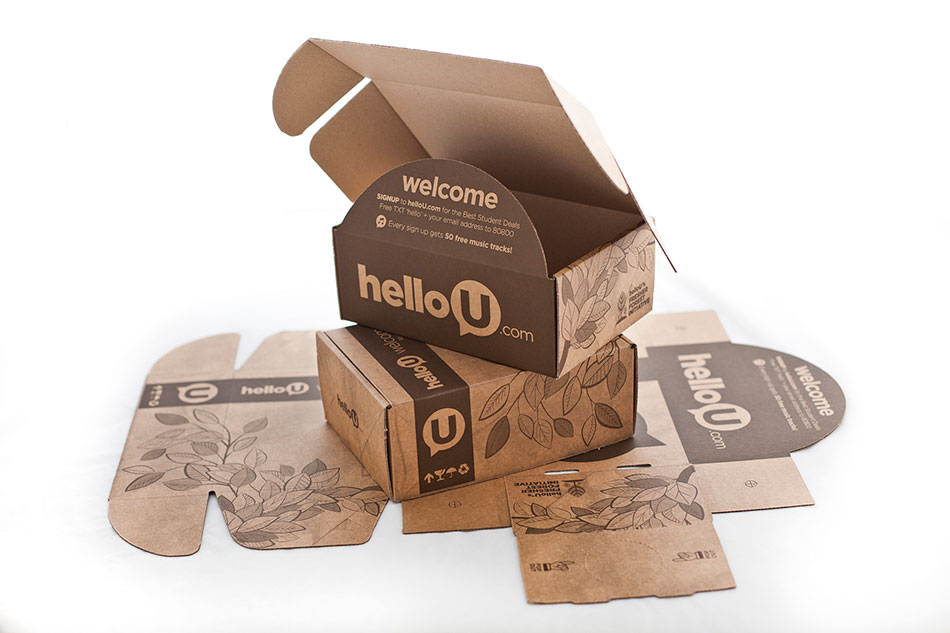When it comes to custom retail & e-commerce packaging design and manufacturing capabilities, most people don’t know their options. This is a crucial piece to any product design or delivery and knowledge that is essential to growing your brand in a highly competitive marketplace.
Product packaging has become more important than ever in the product design process and as both the brick and mortar and online retail landscape become more competitive it is essential that designers now how to maximize their budget with all options available to them.
What are your options?
The number of options you’re presented with will increase when the volume of your orders increase. This is because the majority of premium designs are available on a cost per piece or production amount basis. It’s important to remember that with increased volume comes increased options and therefore, a higher level of packaging experience. Here is the entire packaging process broken down into 3 teirs of options:
Digital Printing
For those people needing anywhere from under 100 boxes to up to 1,000, low-speed low volume digital printing is the way to go. While this method might add extra art prep charges no print plates are required making it very cost efficient and perfect for complex designs with many colors. However, it’s important to remember that depending on the size of your order, it is possible that you may incur a one-time cutting die fee that can cost upwards of several hundred dollars depending on the specifics of the job.
Flexographic Printing
The next step up is flexographic printing which caters to packaging with minimum orders of 1,000 boxes and above. Unlike low-speed, low volume digital printing, flexographic is reliant upon the consumer making a one-time print-plate and cutting die purchase. While it can leave something to be desired regarding graphics, it is far most cost effective than digital printing making it one of the more popular options for clients with a mid-range volume of product.

Almost never a good option for individuals with orders under 1,000 boxes is high-speed digital printing. Just like low-speed low volume digital printing its strength is its high-quality graphics and lack of plate use. However, unlike flexographic printing, it’s expensive and is not recommended for those without a large budget.
Litho Printing
This brings us to laminated sheet or board printing also called, litho labeling. Printing for this option is typically reserved for customers with minimum orders of 2,500 to upwards of 5,000 boxes. Normally this method is performed on an 80# paper or 10 pt SBS board in order to achieve an Asitrade type lamination. While this option is more expensive than flexographic printing you no longer have to worry about print plates, which can make a sizable cost difference depending on your design. Laminated sheet board also differs from flexo in a positive way by eliminating its graphic deficiencies on textured surfaces. This allows for high-quality images, multiple colors, designs, and most other graphic options to become available to the customer.

After considering all of these options the question then changes and becomes which process is the best for me? The answer to this question is greatly dependent on a number of variables. Some of the factors you should consider prior to selecting an option include your budget, timetable, order quantity, frequency, and the complexity of your graphics. To be successful you should also remember to plan your orders 6 months to a year in advance as volume will increase. Once you’ve thought about all of these variables then you’ll be ready to make your custom retail box stand out among the rest.
